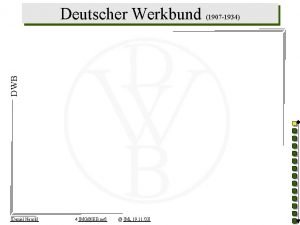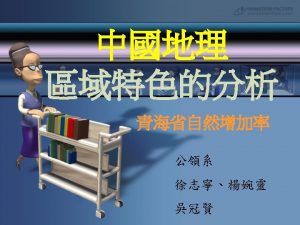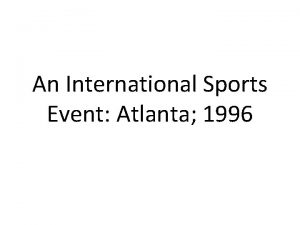Sir Frank Whittle 1907 1996 Sir Frank Whittle










- Slides: 10

Sir Frank Whittle (1907 -1996)

Sir Frank Whittle was born in Coventry in 1907. He joined the Royal Air Force as an apprentice in 1923 In 1926 was awarded a cadetship at the R. A. F. College, Cranwell, and he graduated as a Pilot Officer in 1928. In 1934 he completed the Officers' Engineering Course As a Flight Lieutenant, he attended Cambridge University, until 1936, where he received his B. A. with first class honours in the Mechanical Engineering.

Development of jet propulsion “I first started thinking about this general subject in 1928, in my fourth term as a Flight Cadet at the RAF College, Cranwell “ British Patent No. 347, 206, filed 16 th January 1930. Whilst at Cambridge, Frank Whittle formed a company called Power Jets, with the aim of taking his idea for the development of jet engines further The RAF agreed to let Frank remain at Cambridge for a further post graduate year, to continue working on his idea.

The first of Whittle's test jet engines took to the skies on 15 May 1941, powering an aircraft that had been specifically designed for the purpose: the Gloster E 28/39. This aircraft was conceived and built in only 15 months. Take-off for the test flight, with pilot Gerry Sayer at the controls, took place at RAF Cranwell at 7. 45 pm, and lasted 17 min, having achieved speeds of over 500 mph. The plane used can now be seen at the Science Museum, where it has been on display since 1946. A second aircraft powered using the same type of engine was demonstrated to Winston Churchill on 17 April, 1943.




After the war his company Power Jets was nationalised and responsibility for development of the jet engine was passed to Rolls Royce, Armstrong Siddeley and american manufacturers. In 1945 the Labour government even gave a Rolls Royce jet engine to the Soviet Union, allowing them to develop their own jet fighters.

After this Frank Whittle suffered several nervous breakdowns and was invalided out of the RAF in 1948. On leaving the RAF with the Rank of Air Commodore, he received a £ 100, 000 tax-free exgratia award, most of which he passed on to his colleagues. After his retirement, he became a technical adviser to British Overseas Airways Corporation, a forerunner to British Airways. In 1976 he emigrated to the USA, where he became a research professor at the US Naval Academy at Annapolis, settling in Colombia, Maryland with his second wife Tommy. Sir Frank Whittle died of cancer in 1996 aged 89.

Sir Frank Whittle sculpture unveiled in Rugby The commemorative sculpture to celebrate the achievements of Sir Frank Whittle the “father of the jet engine” was unveiled at Chestnut Fields in Rugby in October 2005 The 4. 8 metre high bronze reflects Whittle as a visionary, and is partly inspired from a painting by Rod Lovesey, which depicts Frank Whittle in 1937 testing the prototype jet engine at the British Thompson. Houston factory in Rugby.


















